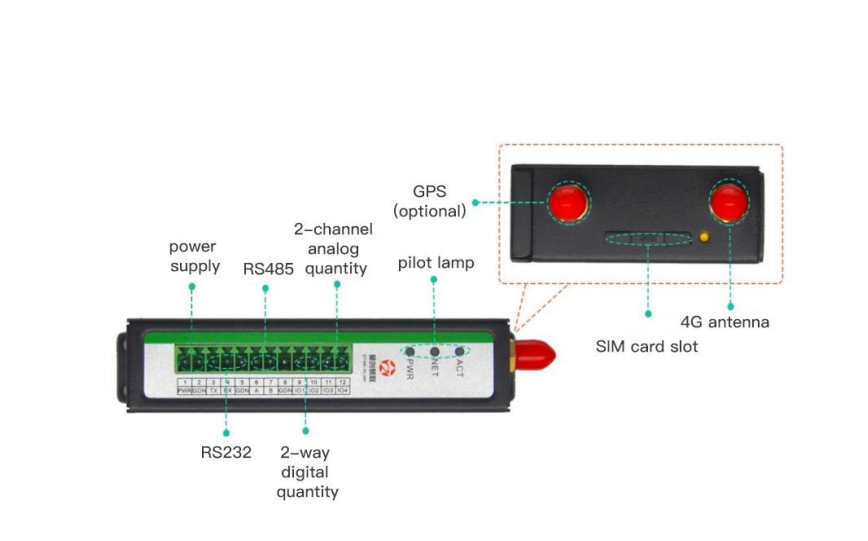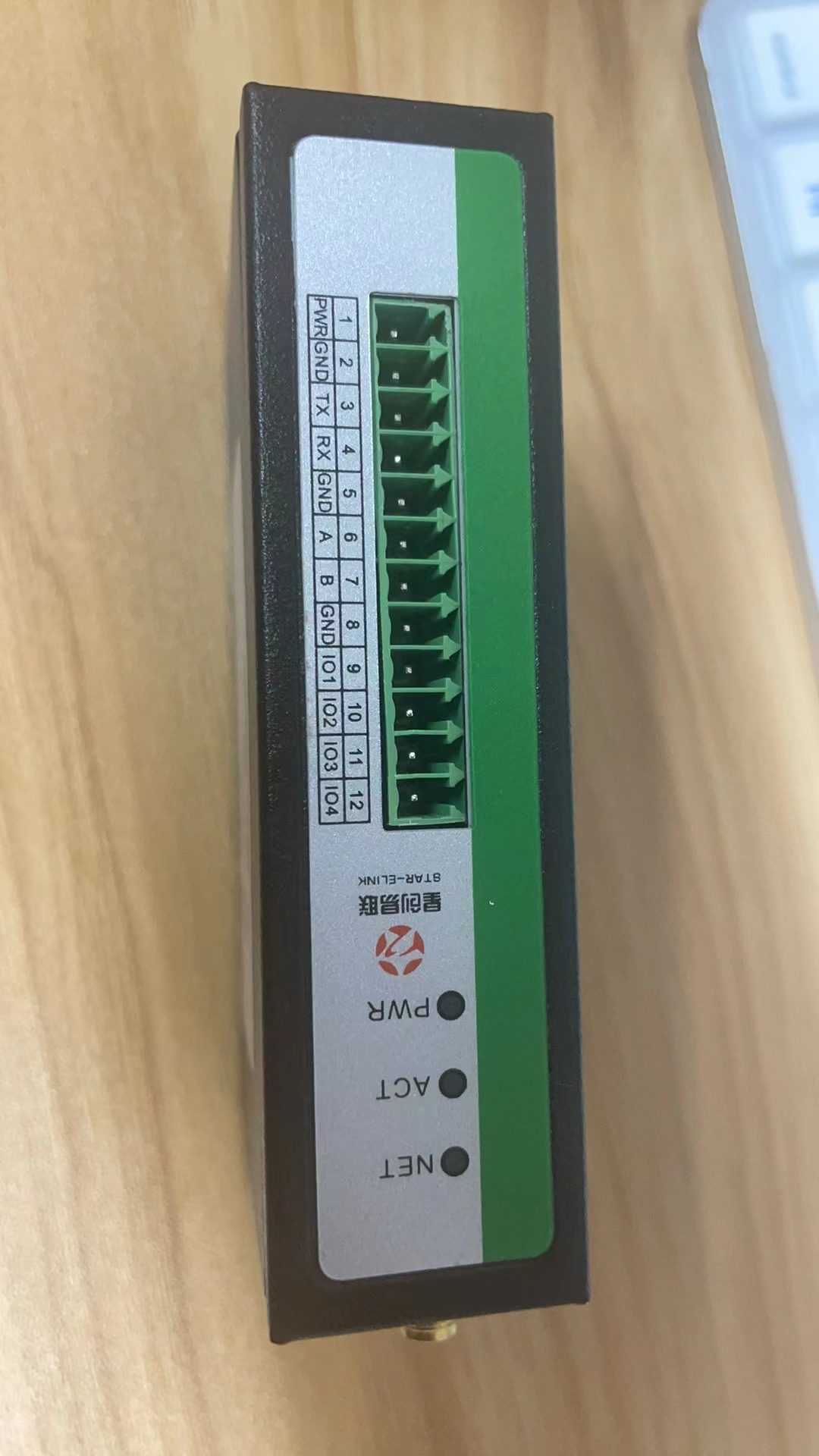Ordering Odyssey: Navigating the Numerous Variants in LTE Modem 4G’s Product Family
Introduction
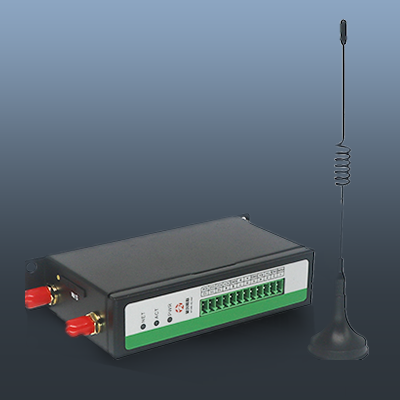
LTE Modem 4G
In the rapidly evolving world of wireless communication, LTE Modem 4G technology has become a cornerstone for connecting devices and enabling seamless data transmission. As the demand for reliable and efficient connectivity grows, manufacturers have developed a wide range of LTE Modem 4G variants to cater to diverse industrial and consumer needs. This article will explore the various options available in the LTE Modem 4G product family, helping readers navigate the complex landscape and make informed decisions when selecting the right modem for their specific requirements.
Understanding LTE Categories
LTE Modem 4G technology is classified into different categories based on their performance capabilities and features. These categories include:
1. LTE Cat 1: Designed for IoT applications, offering speeds up to 10 Mbps downlink and 5 Mbps uplink.
2. LTE Cat 4: Provides higher data rates, with up to 150 Mbps downlink and 50 Mbps uplink speeds.
3. LTE Cat 6: Delivers even faster speeds, reaching up to 300 Mbps downlink and 50 Mbps uplink.
Understanding these categories is crucial when selecting an LTE Modem 4G, as they determine the maximum data throughput and the suitability for specific applications.
Form Factors and Integration Options
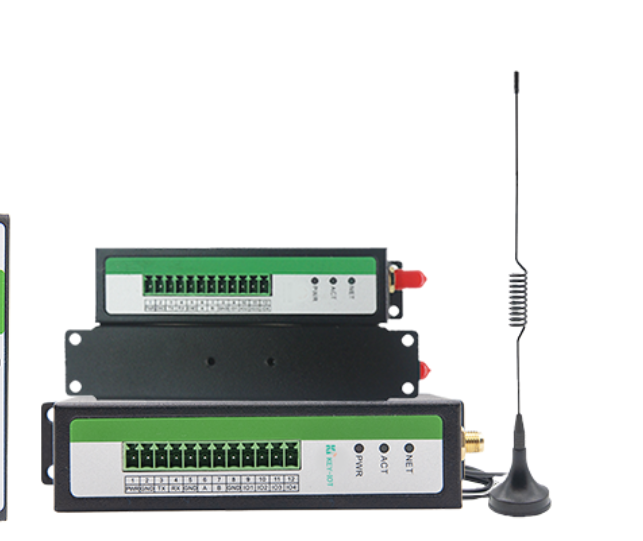
LTE Modem 4G
LTE Modem 4G modules come in various form factors and integration options to suit different device designs and requirements:
1. M.2: A compact form factor commonly used in laptops, tablets, and embedded systems.
2. Mini PCIe: A popular choice for industrial applications, offering easy integration and compatibility with existing systems.
3. LGA (Land Grid Array): A surface-mount package that provides a low-profile and space-saving solution.
4. External USB Modems: Plug-and-play options that offer flexibility and portability for mobile devices.
Selecting the appropriate form factor and integration method depends on factors such as device size constraints, power consumption, and ease of implementation.
Regional Variants and Carrier Compatibility
LTE Modem 4G modules are often designed to cater to specific regions and carrier networks. Manufacturers offer variants optimized for different markets, such as:
1. North America: Modules supporting bands and frequencies used by major carriers like AT&T, Verizon, and T-Mobile.
2. Europe: Variants compatible with European networks, including bands used by operators like Vodafone, Orange, and Telefonica.
3. Asia-Pacific: Modules tailored for networks in countries like China, Japan, and South Korea.
When selecting an LTE Modem 4G, it is essential to consider the target region and ensure compatibility with the desired carrier network to avoid connectivity issues.
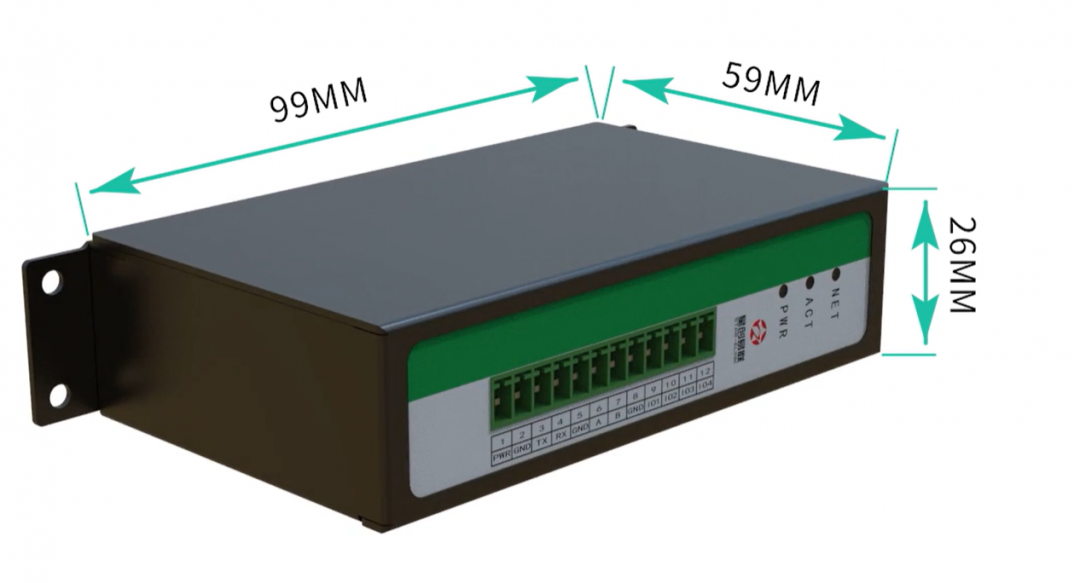
LTE Modem 4G
Advanced Features and Capabilities
Beyond basic connectivity, LTE Modem 4G modules offer a range of advanced features and capabilities to enhance functionality and user experience:
1. GPS: Integrated GPS functionality enables precise location tracking and navigation services.
2. Dual SIM: Support for multiple SIM cards allows seamless switching between networks and provides redundancy.
3. Voice over LTE (VoLTE): Enables high-quality voice calls over the LTE network, improving call clarity and reliability.
4. Carrier Aggregation: Combines multiple LTE bands to achieve higher data rates and improved network capacity.
Evaluating these additional features is crucial when selecting an LTE Modem 4G, as they can significantly impact the overall performance and functionality of the connected device.
Certification and Regulatory Compliance
Ensuring that the chosen LTE Modem 4G module complies with relevant certifications and regulatory standards is vital for smooth deployment and operation. Key considerations include:
1. FCC (Federal Communications Commission): Certification required for devices operating in the United States.
2. CE (Conformité Européenne): Mandatory for products sold within the European Economic Area.
3. PTCRB (PCS Type Certification Review Board): A certification program for devices connecting to North American cellular networks.
4. GCF (Global Certification Forum): An international certification scheme for mobile devices and modules.
Verifying that the selected LTE Modem 4G module has obtained the necessary certifications for the target market helps avoid potential legal and compatibility issues.
Conclusion
Navigating the numerous variants in the LTE Modem 4G product family can be a daunting task, but understanding the key factors such as LTE categories, form factors, regional compatibility, advanced features, and certification requirements can greatly simplify the selection process. By carefully evaluating these aspects and aligning them with specific application needs, businesses and individuals can make informed decisions when choosing the right LTE Modem 4G module. As the wireless landscape continues to evolve, staying informed about the latest advancements and options in LTE Modem 4G technology will be crucial for staying ahead in the connected world.
 KEY-IOT
KEY-IOT


